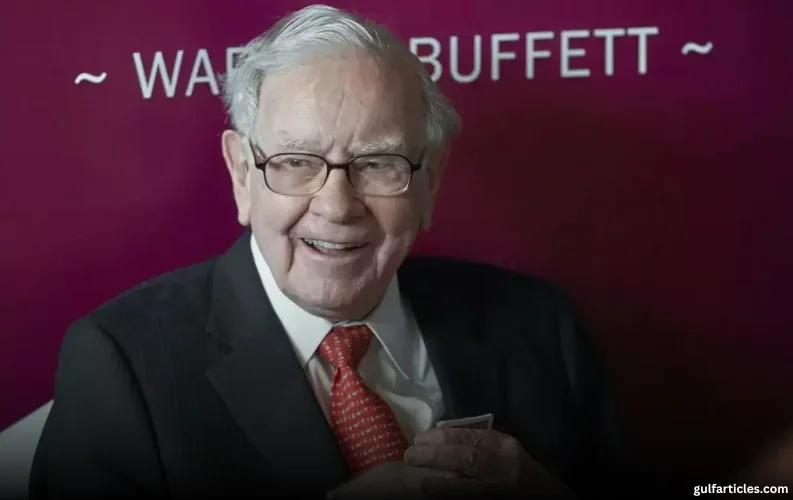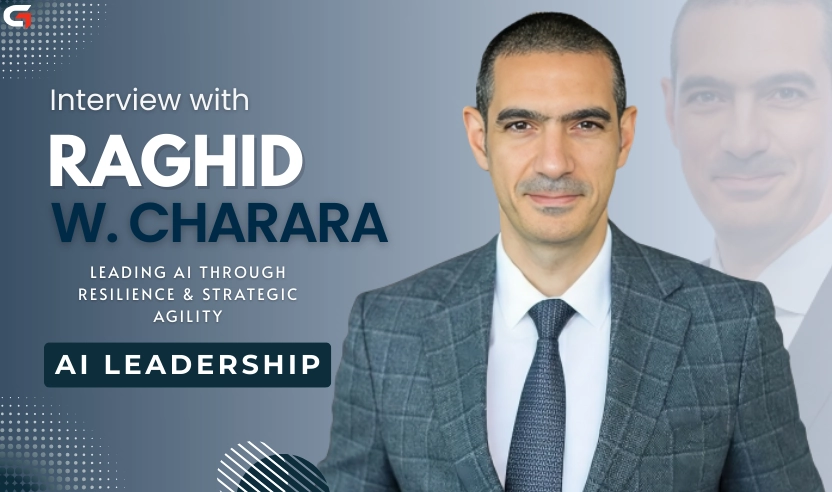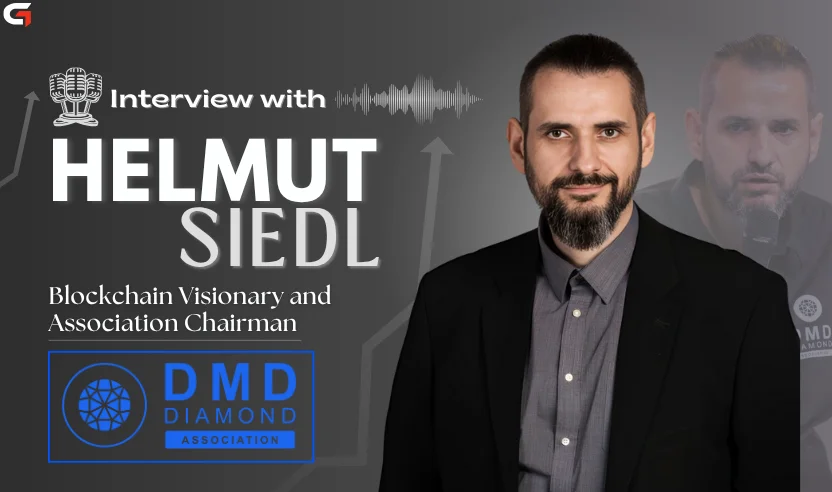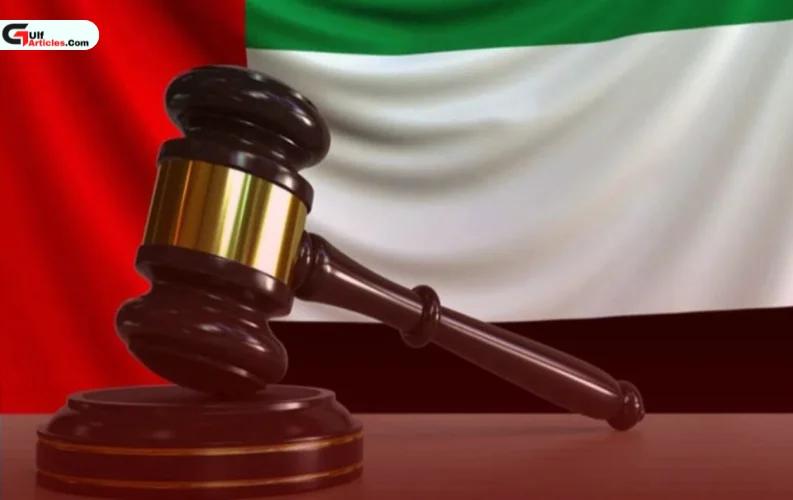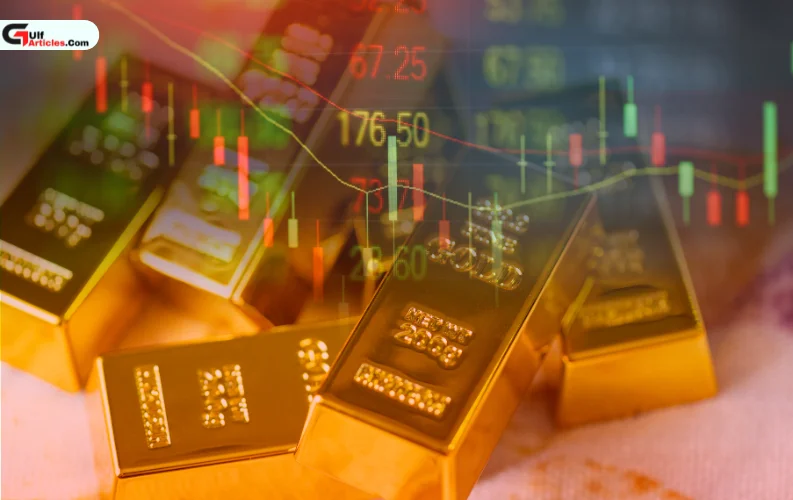Warren Buffett’s strategic decision to reduce holdings in Apple and Bank of America while amassing a record cash reserve has drawn significant attention, especially as market conditions remain uncertain. With Berkshire Hathaway’s cash reserves nearly doubling to $334 billion in 2024, Buffett’s cautious approach appears to be a calculated response to high U.S. Treasury yields and increased market volatility.
A Calculated Shift in Strategy
Berkshire Hathaway, under Buffett’s leadership, sold approximately $134 billion in stocks in 2024 while making minimal buybacks, a stark contrast to 2023 when it sold only $24 billion and repurchased $9 billion of its own shares. Despite concerns over Berkshire’s growing cash stockpile, Buffett reassured investors in his annual shareholder letter: “The great majority of your money remains in equities.”
A significant move within this strategy was the drastic reduction in Apple holdings. At its peak, Apple comprised nearly half of Berkshire’s stock portfolio, with 906 million shares valued at $174 billion. By the end of 2024, Buffett had slashed this position by 67%, leaving only 300 million shares worth $75 billion. His Bank of America holdings also saw a 34% reduction.
While some analysts questioned his timing, recent market developments suggest that Buffett's strategy was well-founded. Apple’s stock has since fallen by 15% from its peak in November, and Bank of America has seen a 20% decline. Though Apple posted a 15% overall gain in 2024, Buffett’s early exit left some profits on the table. Was he simply securing gains, or did he foresee deeper troubles ahead?
Buffett’s Cash Play Amid Market Uncertainty
One clear takeaway from Buffett’s moves is his preference for liquidity. U.S. Treasury yields have surged from under 1% to more than 4% in just three years, making fixed-income investments more appealing. Rising interest rates and inflationary concerns have prompted Buffett to bolster Berkshire’s cash position, a decision he openly defended during last year’s shareholder meeting: “I don’t mind at all, under current conditions, building the cash position.”
His current stance echoes past strategies, notably during the 2008 financial crisis when he leveraged Berkshire’s liquidity to acquire discounted stakes in major financial institutions. If the market experiences a downturn, Buffett may once again be positioning himself to seize undervalued assets.
Experts Weigh In: A Masterstroke or a Missed Opportunity?
Financial experts remain divided on Buffett’s recent moves. Hedge fund manager Anurag Singh supports the decision, stating, “Buffett’s cash call of $325 billion—about 50% of his portfolio—makes sense. When stocks are priced too optimistically, all the risk falls on investors.”
On the other hand, financial author Robert Kiyosaki warns that an economic crash is looming. He recently declared, “The EVERYTHING BUBBLE is bursting,” predicting that the impending downturn could be the most severe in history. With the Nasdaq Composite down 4% in a single day and the S&P 500 nearly 9% below its record high, market sentiment remains fragile.
Looking Ahead: Patience or a Costly Delay?
Buffett’s history suggests that patience often pays off. His long-term approach has repeatedly allowed him to make high-value acquisitions during market downturns. In his 2017 shareholder letter, he cautioned, “There is simply no telling how far stocks can fall in a short period.”
While some critics argue that Buffett may have been too cautious, missing out on recent gains, his supporters believe he is waiting for the right opportunity. With an unparalleled cash reserve at his disposal, Buffett is likely preparing for a major investment move when the market aligns with his value-driven approach.
As the financial world watches closely, one question remains: Is Buffett’s cash hoarding a masterstroke of patience or a costly miscalculation? Time will tell whether he was ahead of the curve or left billions on the table by sitting out the recent stock surge.



